What's the meaning of the Saffron »
Saffron
This page is about the meaning, origin and characteristic of the symbol, emblem, seal, sign, logo or flag: Saffron.
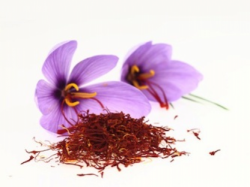
Saffron is a spice with both culinary uses and symbolic importance. Difficult to find and time consuming to gather and process, it was highly prized by many cultures and has acquired a number of important meanings over the centuries.
Throughout history, spices have been among the world’s most sought after trade goods, at certain periods worth their weight in gold. The main reason for the high value of saffron was twofold:
1) The small thread-like bits that make up saffron are in fact the stamens of single species of crocus flower, known as the Crocus sativus.
2) Each blossom typically contains only three stamens, so gathering any substantial amount of the spice was a laborious and expensive exercise.
Although saffron was - and still is - used in many cuisines, it was also used to create a rich golden-yellow coloring dye, and in this context is where we find many of its symbolic meanings:
In Europe, the use of saffron was largely confined to the upper crust of society due to the spice's high cost. In that vein, it was commonly associated with royalty and nobility. The golden coloring was also a symbol of the sun, and that celestial body has, in turn, been symbolically associated with royalty.
Moving east, specifically to India and other parts of Asia, saffron took on a distinctly different set of meanings. The robes of certain Buddhist monks and nuns are dyed using saffron, the color symbolizing renunciation and humility. Saffron also carries meaning in other Indian religions (Hinduism, Jainism and Sikhism); saffron or orange colored flags indicate a place of worship, and saffron paste is used as adornment in certain Hindu ceremonies.
In Bhutan, a small country nestled in the Himalayan mountains, saffron is once again associated with royalty. Traditional men's clothing - known as the gho - is sometimes accessorized with a long silk scarf called a kabney. The kabney comes in a variety of colors, and national law stipulates which colors can be worn by individuals, depending on his profession and position in society. A saffron-colored kabney may be worn only by two men; the King of Bhutan and the Je Khenpo, or chief abbot.
- 3,014 Views
Graphical characteristics:
Asymmetric, Open shape, Colorful, Contains both straight and curved lines, Has no crossing lines.
Categories: Plants, Trees, and Flowers, Religious Symbols.
Saffron is part of the Buddhist Symbols, Colors, Hindu Symbols groups.
More symbols in Buddhist Symbols:
More symbols in Colors:
We all see colors in our everyday lives, no matter where we live or where we look. While certain colors are often associated specific things, the colors themselves- including individual shades- typic… read more »
More symbols in Hindu Symbols:
More symbols in Plants, Trees, and Flowers:
The natural world is home to a vast variety of symbols, and plants, trees and flowers are among the most symbolically charged objects you'll ever encounter. Some of their symbolic meanings are w… read more »

More symbols in Religious Symbols:
Religious symbolism is the use of symbols, including archetypes, acts, artwork, events, or natural phenomena, by a religion. Religions view religious texts, rituals, and works of art as symbols of co… read more »
Citation
Use the citation below to add this symbol to your bibliography:
Style:MLAChicagoAPA
"Saffron." Symbols.com. STANDS4 LLC, 2025. Web. 7 Feb. 2025. <https://www.symbols.com/symbol/saffron>.




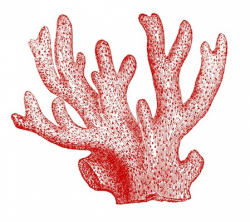


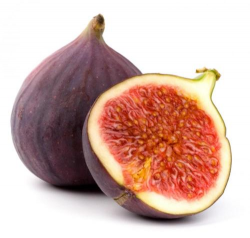
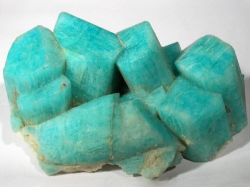
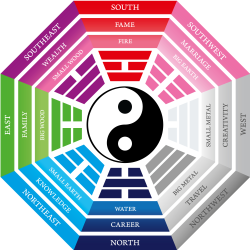


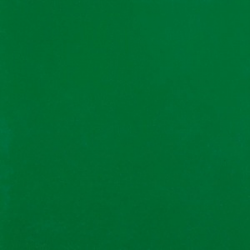



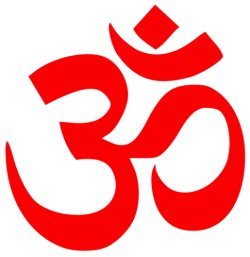



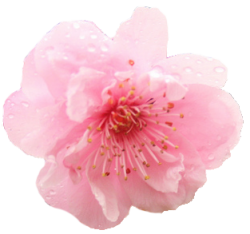
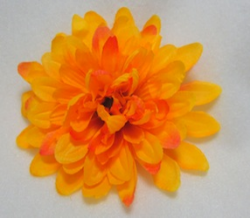
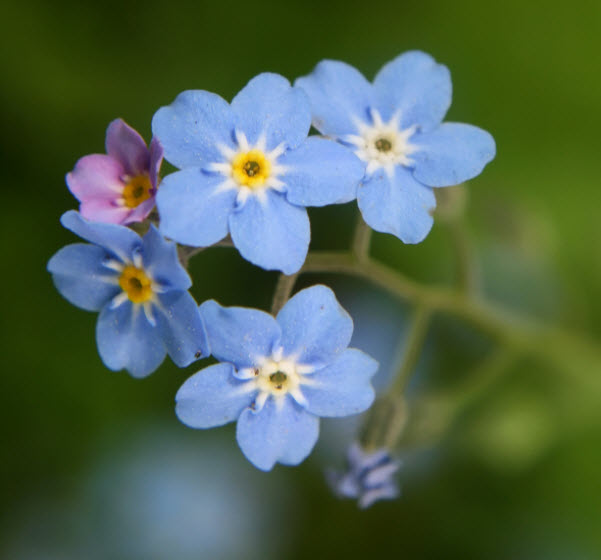
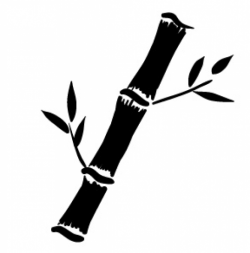



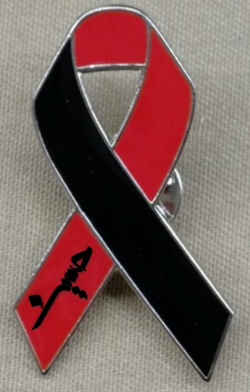
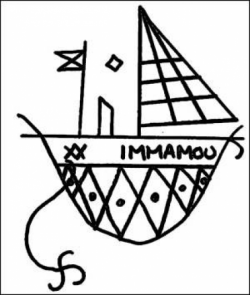




Have a discussion about Saffron with the community:
Report Comment
We're doing our best to make sure our content is useful, accurate and safe.
If by any chance you spot an inappropriate comment while navigating through our website please use this form to let us know, and we'll take care of it shortly.
Attachment
You need to be logged in to favorite.
Log In